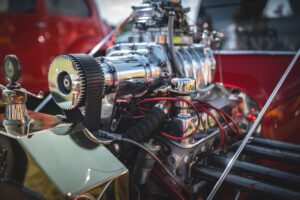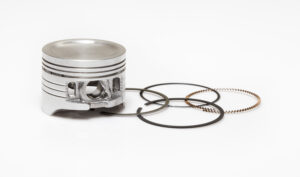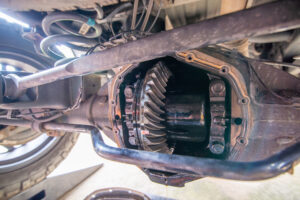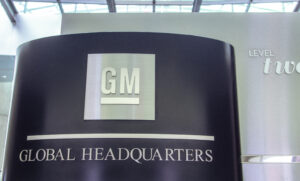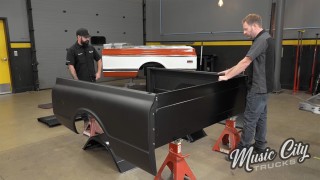Centrifugal vs. Roots Superchargers: What’s the Difference and Which One Is Right for You?
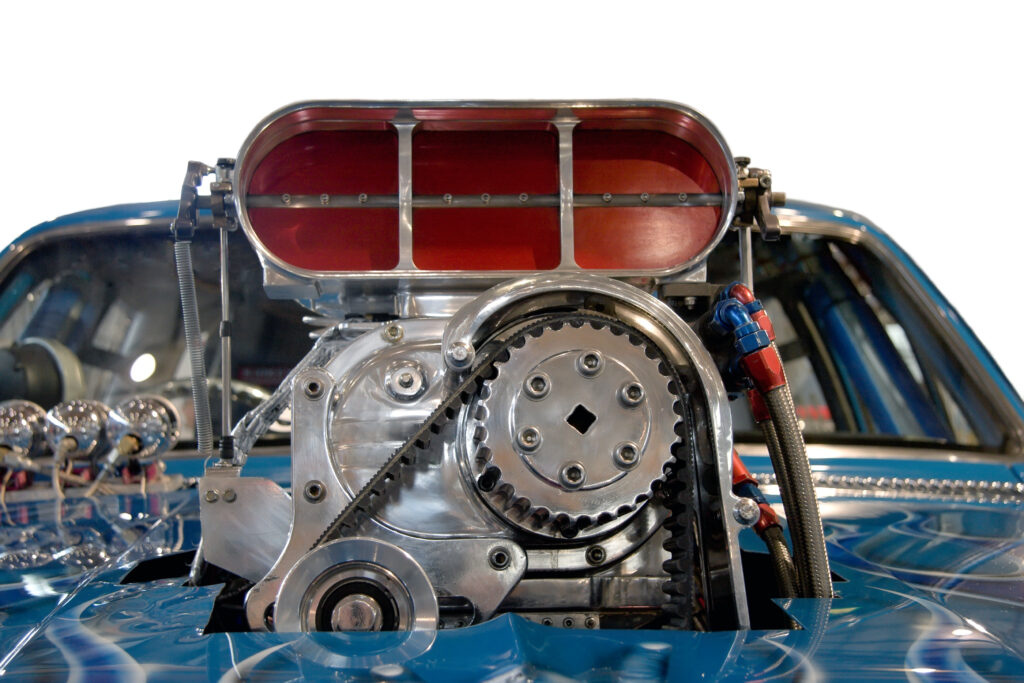
When it comes to making big power with forced induction, superchargers are a go-to solution for gearheads who want instant throttle response and a boost in horsepower without the lag of a turbo. But not all superchargers are built the same. The two most popular types in the hot-rodding and performance world are centrifugal and Roots-style superchargers—and each has its strengths, weaknesses, and reasons for being on the market.
Let’s break down the differences between the two so you can figure out which blower is the better fit for your ride.
Table of Contents
Roots-Style Superchargers: The Old-School Torque Monster
If you’ve seen a big blower sticking out of the hood of a classic muscle car or hot rod, chances are it was a Roots-style supercharger. These superchargers have been around since the early 1900s and were originally used in industrial applications before finding their home on drag strips and street machines.
A Roots supercharger works by pushing air into the intake manifold through a pair (or more) of interlocking lobes. Think of it as an air pump that shoves massive volumes of air into your engine. The result? Instant torque. And we mean instant.
Pros of a Roots Supercharger:
- Immediate power delivery: Because it’s mounted directly to the intake and pushes air into the engine at low RPMs, you get a big torque hit right off idle.
- Classic muscle car look and sound: The whine and appearance are iconic. If you’re going for a retro build or a dragster vibe, nothing beats a Roots blower.
- Great for low-end performance: These are excellent for big displacement engines that want low-RPM grunt—perfect for burnouts, stoplight wars, or straight-line pulls.
Cons:
- Heat: Roots-style superchargers tend to generate a lot of heat. Since they compress air internally and push it directly into the intake, they can cause higher intake air temperatures, which can hurt performance if not managed properly.
- Less efficient at high RPMs: They can struggle to keep up with airflow demands at high revs, making them less ideal for road racing or high-speed runs.
- Bulky and heavy: Let’s be honest—these things aren’t light, and they take up a ton of engine bay real estate.
Centrifugal Superchargers: The High-RPM Screamer
Now let’s talk about centrifugal superchargers. These function more like a belt-driven turbocharger. They use a compressor wheel that spins at high speed to suck in and compress air before sending it to the engine. The result is smoother and more linear power delivery that builds with RPM.
Centrifugal units are often found in modern muscle builds, especially on cars that need to maintain driveability and fit under a stock hood.
Pros of a Centrifugal Supercharger:
- High efficiency: They generate less heat than Roots-style units and offer better top-end performance thanks to their ability to move large volumes of air at high RPMs.
- Compact design: Most can be mounted to the front of the engine like an alternator, keeping your engine bay cleaner and lighter.
- Easier to tune for progressive boost: Since they make more boost as RPMs climb, it’s easier to manage traction and prevent overpowering your tires down low.
Cons:
- Boost builds with RPM: That means you don’t get the same instant punch at lower speeds like you would with a Roots blower.
- More complex plumbing: They often require intercoolers, extra piping, and careful routing, which can make for a more involved installation.
- Less visual impact: If you’re going for show, a centrifugal setup isn’t as flashy or aggressive-looking.
Why Both Still Exist
At the end of the day, it all comes down to application. If you’re building a street bruiser or drag car that needs max torque down low, a Roots-style supercharger delivers that old-school punch in the chest. But if you’re going for high-revving street performance, track day consistency, or daily drivability with headroom to grow, centrifugal superchargers are hard to beat.
That’s why both types are still popular. Whether you’re all about the low-end grunt or the top-end rush, there’s a blower out there built to match your build goals. And that’s what makes hot rodding so much fun—there’s no one right answer, just the right combo for your ride.
